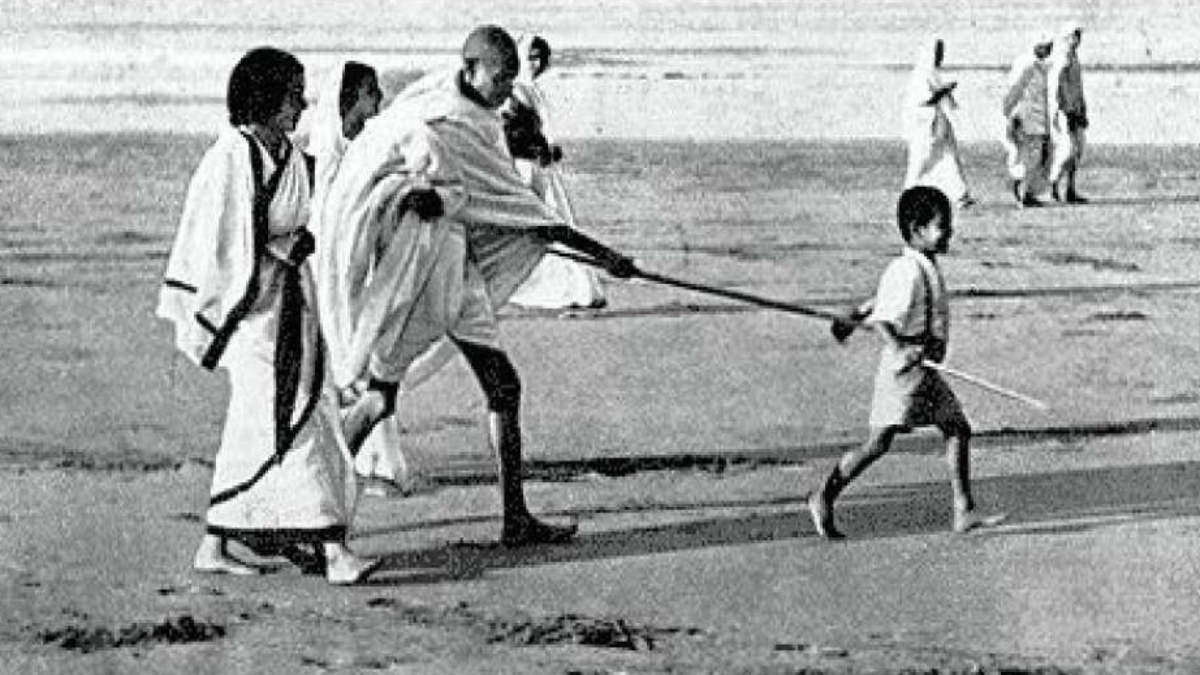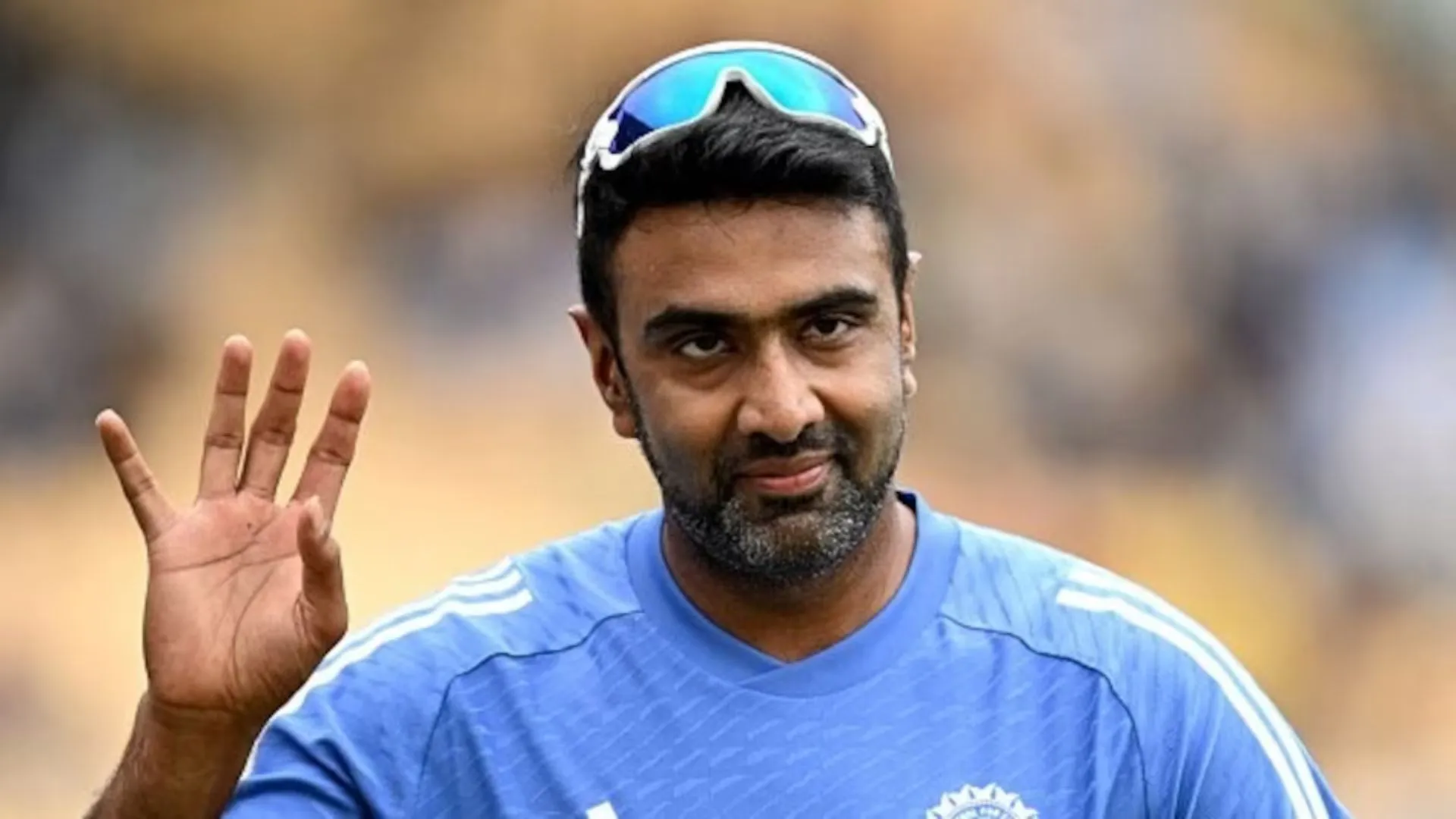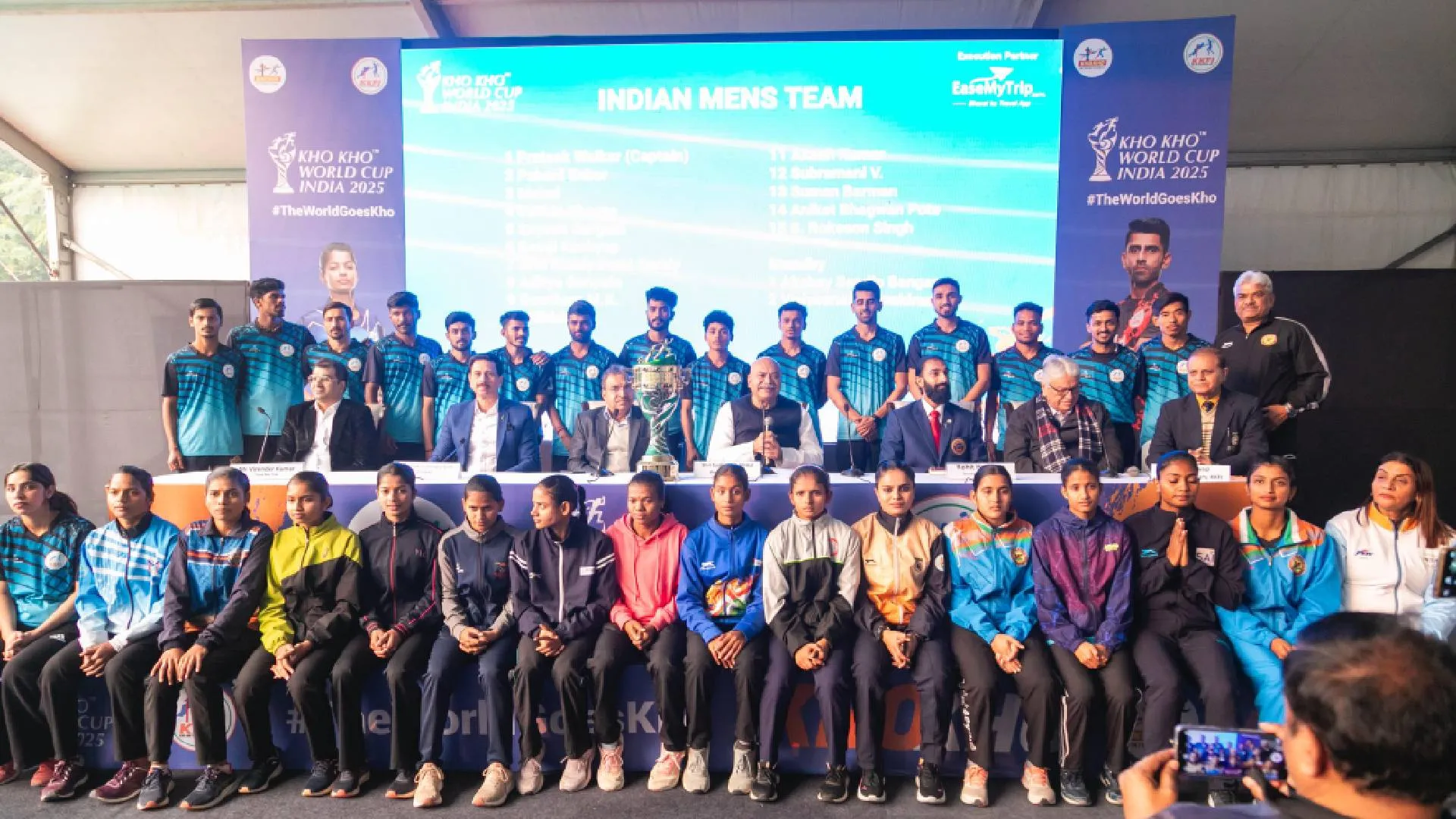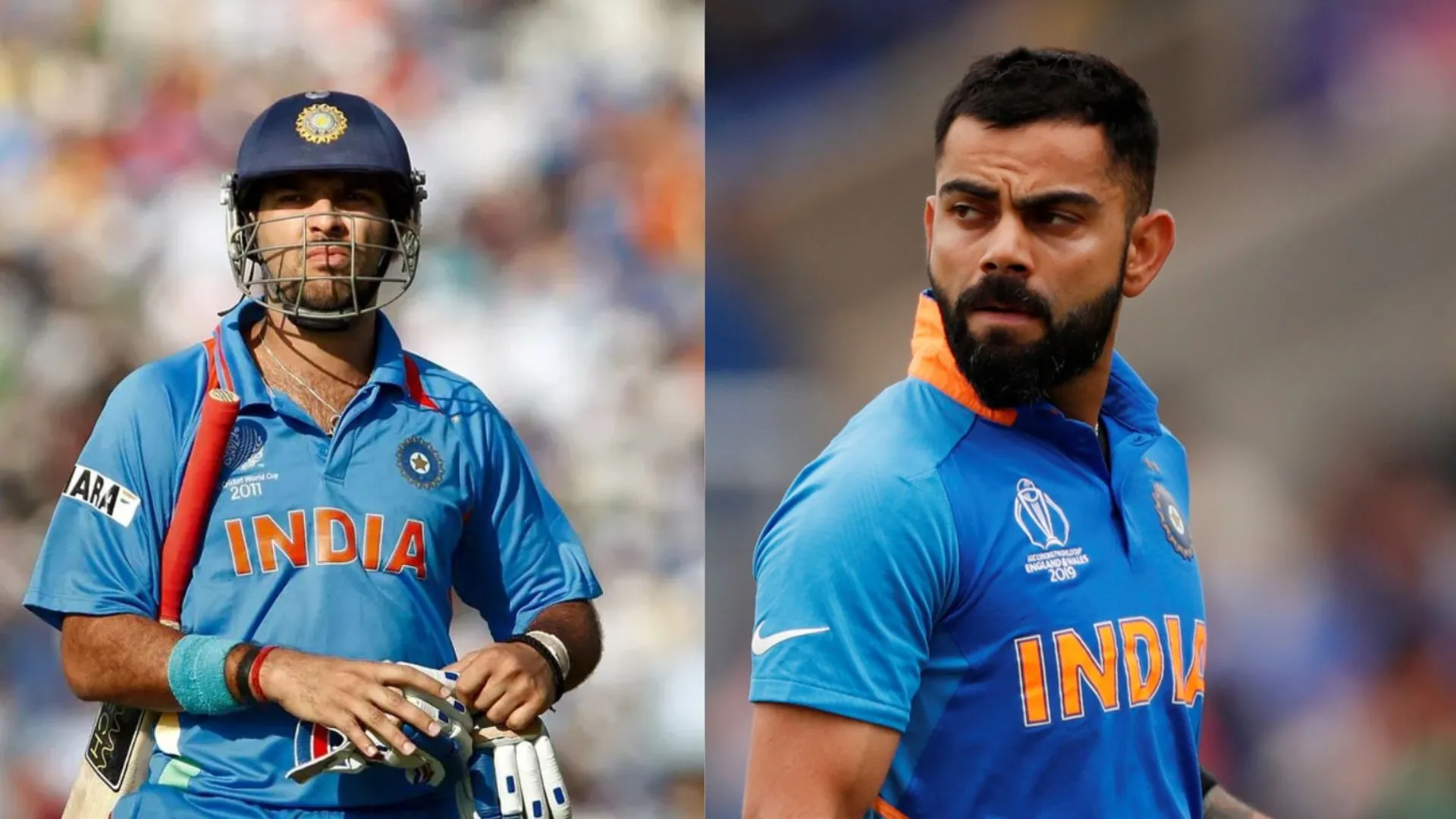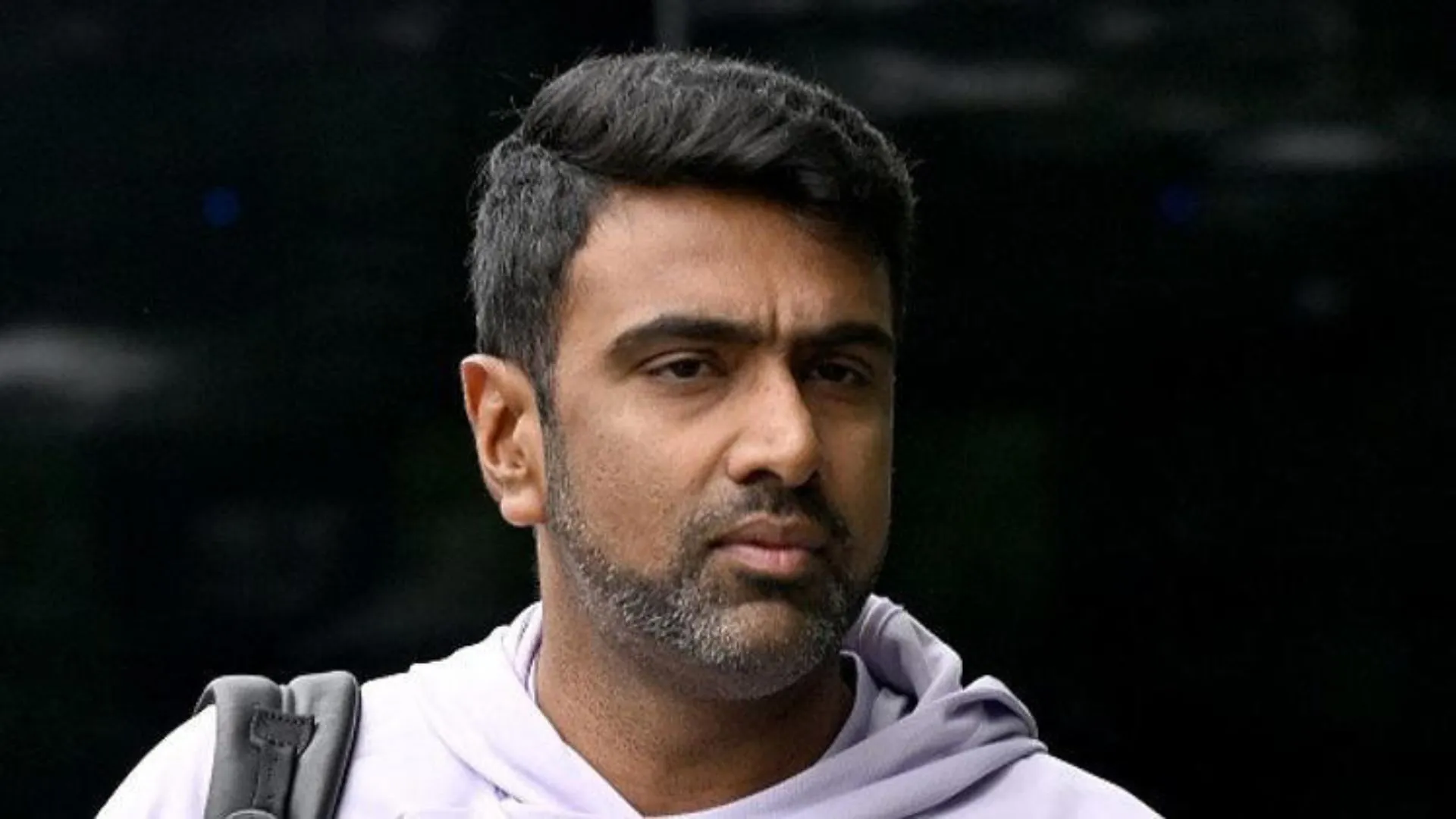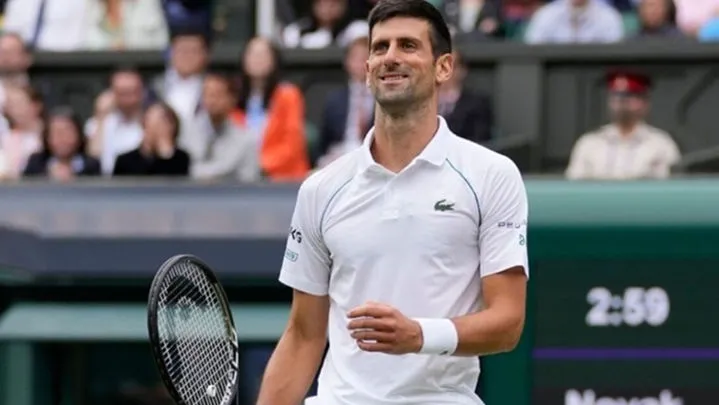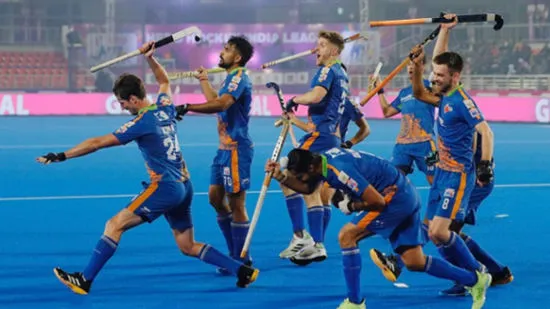Mohandas Karamchand Gandhi’s tryst with sports took place when as a 23-year-old barrister he visited South Africa in 1893. In his pursuit to unite the Indian mass and the natives of South Africa against the colonisers, Gandhi came to realise the power of sports, particularly football, in invoking a sense of solidarity amongst the people. Even though Gandhi was not a sportsperson himself, and was only inclined towards cricket and cycling, he understood the sport of football by heart and tactfully used it to facilitate his struggle against colonial rule. Gandhi chose football as the medium because it was the sport of the working class and hence, it appealed to the lower classes of the South African society.
SUPERMACY OF SPORTS
Gandhi helped establish three clubs in Durban, Pretoria and Johannesburg, all of which were named the Passive Resisters Soccer Club. Records also suggest that the Passive Resisters organised local matches to protest against the unjust jailing of their fellow activists. Additionally, the matches helped in raising funds which were utilised to support the families of those who had been imprisoned for wrongful reasons by the British.
Gandhi used the matches as a platform to educate people on the detrimental effects of the racial segregation laws, initiate dialogues and to instil in them a spirit of solidarity, teamwork and other moral values. Along with his colleagues, Gandhi helped in forming provincial leagues and football federations – the Transvaal Indian Football Association, the Klip River District Indian Football and the South African Association of Hindu Football was founded. Gandhi and his contemporaries also set up a football pitch at the Phoenix Settlement which is now a world heritage site.
SPORTS CULTURE
Upon his return to India in 1915, Gandhi began to set in motions campaigns aimed at cultivating a structured sports culture with the central focus on rural Indian sports in every nook and corner of the country. It was during his address at the Teacher’s conference in Bharuch on 20th October 1917, that Gandhi for the first time publicly vocalised the underlying potentialities of sports in weaving the freedom struggle. He pointed out how under the present education curriculum traditional sports were overlooked and Western sports such as tennis, cricket and football were embraced. He beseeched the people to preserve and promote the native sports for they were equally gratifying and advantageous as the Western ones. Gandhi remarked that the only thing worth borrowing from the West was their drill exercise because they were quite well-tailored to enhance physical fitness and inculcate discipline.
TRADITIONAL SPORTS
Gandhi being a far-sighted leader, had realised this nearly two centuries ago. His prescient warning that the dawn of globalization will bring about a homogeneity effect which will subsequently endanger the very essence of the traditional sports was proven when in 2001, the book World Sports Encyclopaedia gave a detailed account of several hundred traditional sports from all across the globe which has become extinct and was currently vulnerable due to globalisation.
The book is originally written in Polish. It is worth noting that UNESCO also has a pilot programme aimed at safeguarding and promoting Traditional Sports and Games (TSG) as sports practices and intangible cultural heritage. It has taken important steps at institutionalising and recognising TSGs such as the Declaration of Punta del Este(1999), Charter of Traditional Games and Sports (2005) and the collective consultation on the promotion of Traditional Sports and Games (2006, 2009 & 2017). Gandhi further attempted to preserve indigenous Indian sports by highlighting the inherent relationship between sports and nature. He stated that sports yield maximum results only when they are developed within the context of the natural environment, meaning that no alterations should be made to the natural setting while organising a sporting activity.
As western sports are highly professional and are commercialised beyond the limit their organisation requires modifications of the physical environment and this has disrupted the ecological balance, thus adversely affecting human life. On the other hand, the native Indian sports like Kushti, Malakhamba, Kho-kho, Kabaddi, etc. are based on the harmony between humans and nature. Also, they are enjoyable and are beneficial for strengthening physical and mental fitness.
Hence, Gandhi firmly asserted that Indians should quit their pursuit of Western sports and instead focus on preserving their traditional games and sports which represent their heritage. Yet again, Gandhi’s proposition on how Western professional sports have an adverse impact on the environment was reiterated when in 1996 the International Olympic Committee officially adopted environment; as the third pillar of the Olympic Movement. This step was taken after acknowledging the fact that the Olympic games require comprehensive preparation strategies – construction of multi-purpose halls, stadiums, dormitories etc. – all of which require making significant changes in the ecology of specific regions. Since the 2008 Beijing Olympics, efforts have been made to host ‘Green Olympics’. The national and regional sports bodies have also adopted significant steps to ensure environmental sustainability.

